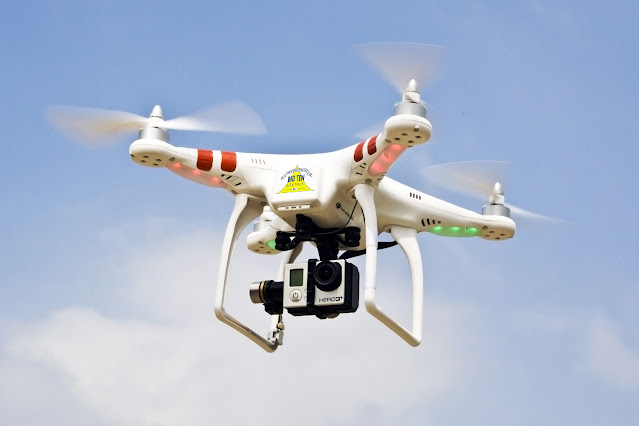1. Understanding the Different Categories of Drones: Drones in Canada fall into three categories: basic, advanced, and very small. Basic operations involve flying in uncontrolled airspace away from people, while advanced operations may require specific permissions due to proximity to people and controlled airspace. Very small drones, weighing less than 250 grams, are subject to fewer regulations.
2. Registering Your Drone: All drones that weigh between 250 grams and 25 kilograms must be registered with Transport Canada. The registration process is relatively straightforward and can be completed online. Once registered, you'll receive a unique registration number that must be affixed to your drone.
3. Obtaining a Pilot Certificate: For basic operations, you don't need a pilot certificate. However, if you plan to fly in controlled airspace or closer to people, you must obtain a pilot certificate for either basic or advanced operations. This involves passing an online exam administered by Transport Canada.
4. Adhering to Age Restrictions: To register a drone in Canada, you must be at least 14 years old. If you are younger than 14, a parent or guardian must register the drone on your behalf. Additionally, only individuals 16 years and older can obtain a pilot certificate for advanced operations.
5. Complying with No-Fly Zones: Several no-fly zones exist in Canada to ensure the safety of airspace and individuals on the ground. These include airports, military bases, and emergency scenes. Always check the airspace map provided by Transport Canada or use a drone app to identify restricted areas before flying.
6. Following Safety Guidelines: Transport Canada provides safety guidelines for drone operators to minimize risks. These include flying within visual line of sight, avoiding obstacles, respecting privacy, and flying below 122 meters (400 feet) above ground level. Adhering to these guidelines helps ensure the safety of both the drone operator and others in the vicinity.
7. Privacy Considerations: Respecting privacy is paramount when flying a drone. Avoid capturing images or videos of individuals without their consent, and refrain from flying over private property without permission. Being mindful of privacy concerns helps maintain a positive public perception of drone usage.
8. Insurance Requirements: While not mandatory, having liability insurance for your drone is highly recommended. Accidents can happen, and insurance provides financial protection in case your drone causes damage or injury. Check with insurance providers to find a policy that suits your needs.
9. Staying Informed About Rule Changes: Drone regulations are subject to change, so it's crucial to stay informed about any updates or amendments. Regularly check Transport Canada's website for the latest information and subscribe to updates to receive notifications about rule changes.
10. Be Weather-Wise: Weather conditions can significantly impact drone flights. Strong winds, rain, or snow can pose risks to your drone's stability and performance. Always check the weather forecast before flying, and avoid adverse conditions that could compromise the safety of your drone.
In conclusion, flying a drone in Canada requires a combination of legal compliance, safety awareness, and respect for privacy. By understanding and following these guidelines, drone operators can enjoy their flights responsibly, contributing to a positive and secure drone environment in the country. Always prioritize safety, stay informed about regulations, and fly your drone with both skill and responsibility.


No comments:
Post a Comment